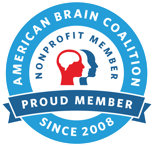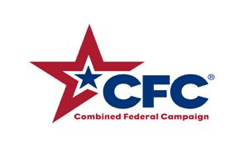Shedding light on anxiety disorders while promoting a healthy dialogue around all mental health issues.
During the week of April 14-20, 2013, college students on more than 200 campuses in the United States and Canada are participating in the 8th annual National Stress Øut Day—a nationwide effort to provide pre-finals stress relief and to educate students about the difference between everyday anxiety and anxiety disorders or other mental illness.
Anxiety disorders are one of the most common mental health problems on college campuses. Forty million U.S. adults suffer from an anxiety disorder, and 75 percent of them experience their first episode of anxiety before age 21. A recent national survey by the Higher Education Research Institute at UCLA found first-year college students' self-ratings of their emotional health dropped to record lows in 2010. And a 2012 survey by the American College Health Association found that 45 percent of college students said they felt “things were hopeless” at least once in the previous 12 months, and nearly a third of college students had been so depressed that it was difficult to function.
During National Stress Øut Day, Active Minds chapters will invite students to participate in water balloon fights, petting zoos, yoga, and other stress-relieving activities. Students will also learn about mental health issues and be made aware of resources available to them. This event is sponsored by Active Minds, ADAA, and Beyond OCD, with support from the National Suicide Prevention Lifeline.
The Anxiety and Depression Association of America is the leading national nonprofit organization dedicated to increasing awareness and improving the diagnosis, treatment, and cure of anxiety disorders and depression. About 40 million adults have an anxiety disorder, and 19 million suffer from depression. ADAA provides free educational information and resources, self-tests, help finding local treatment providers, self-help groups, clinical trials, and more.






